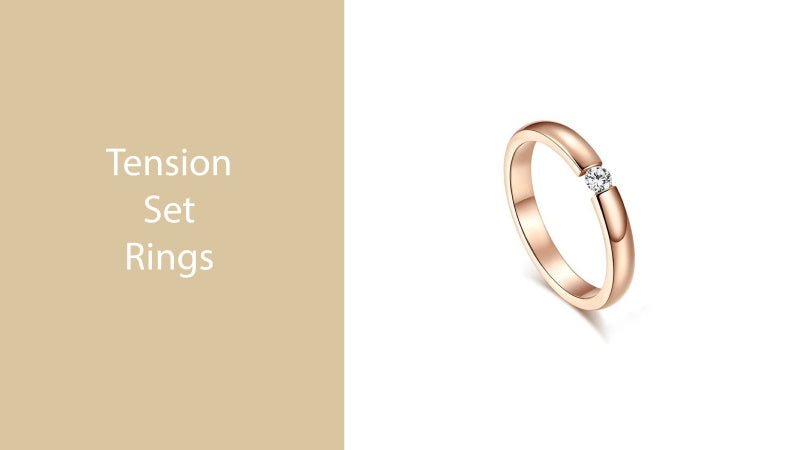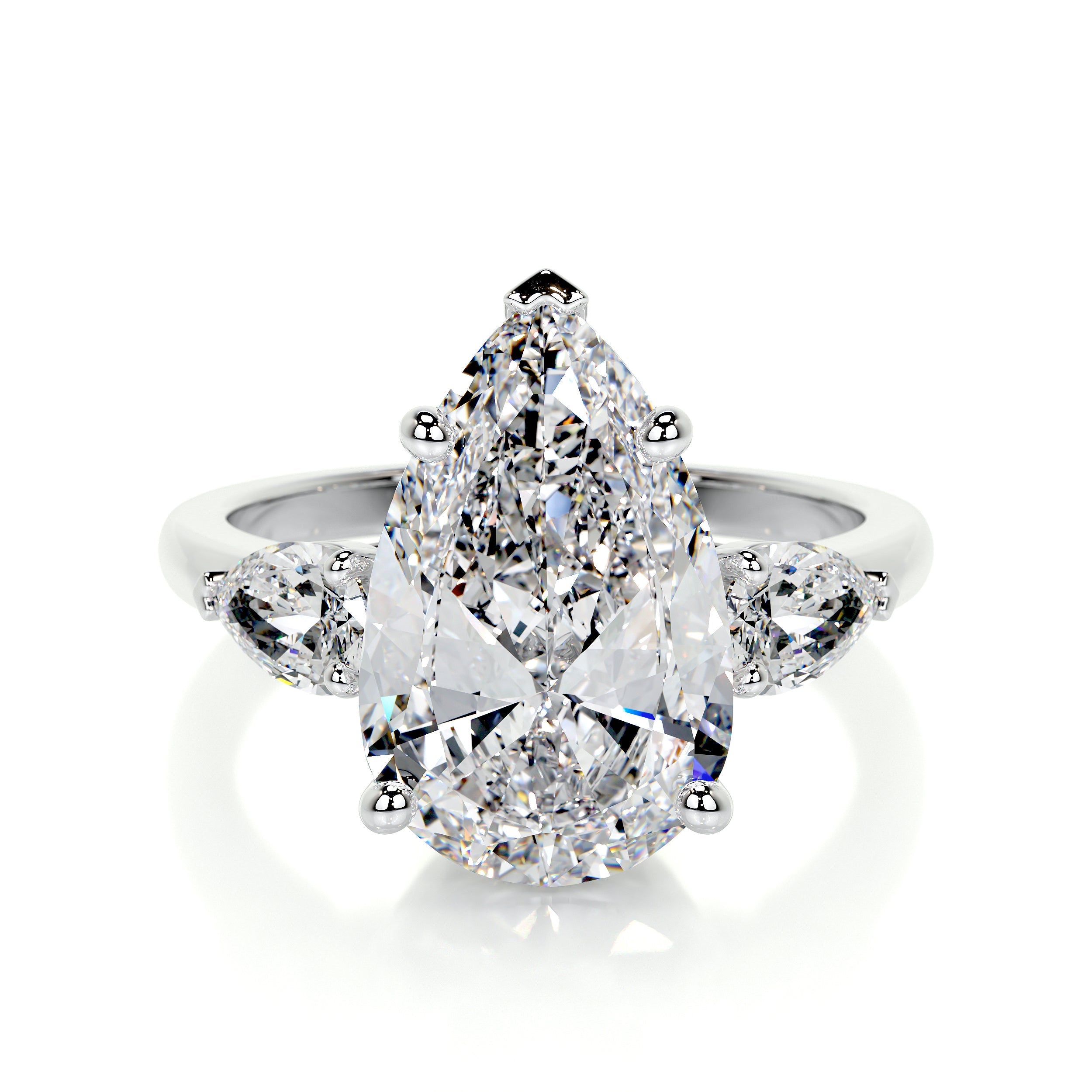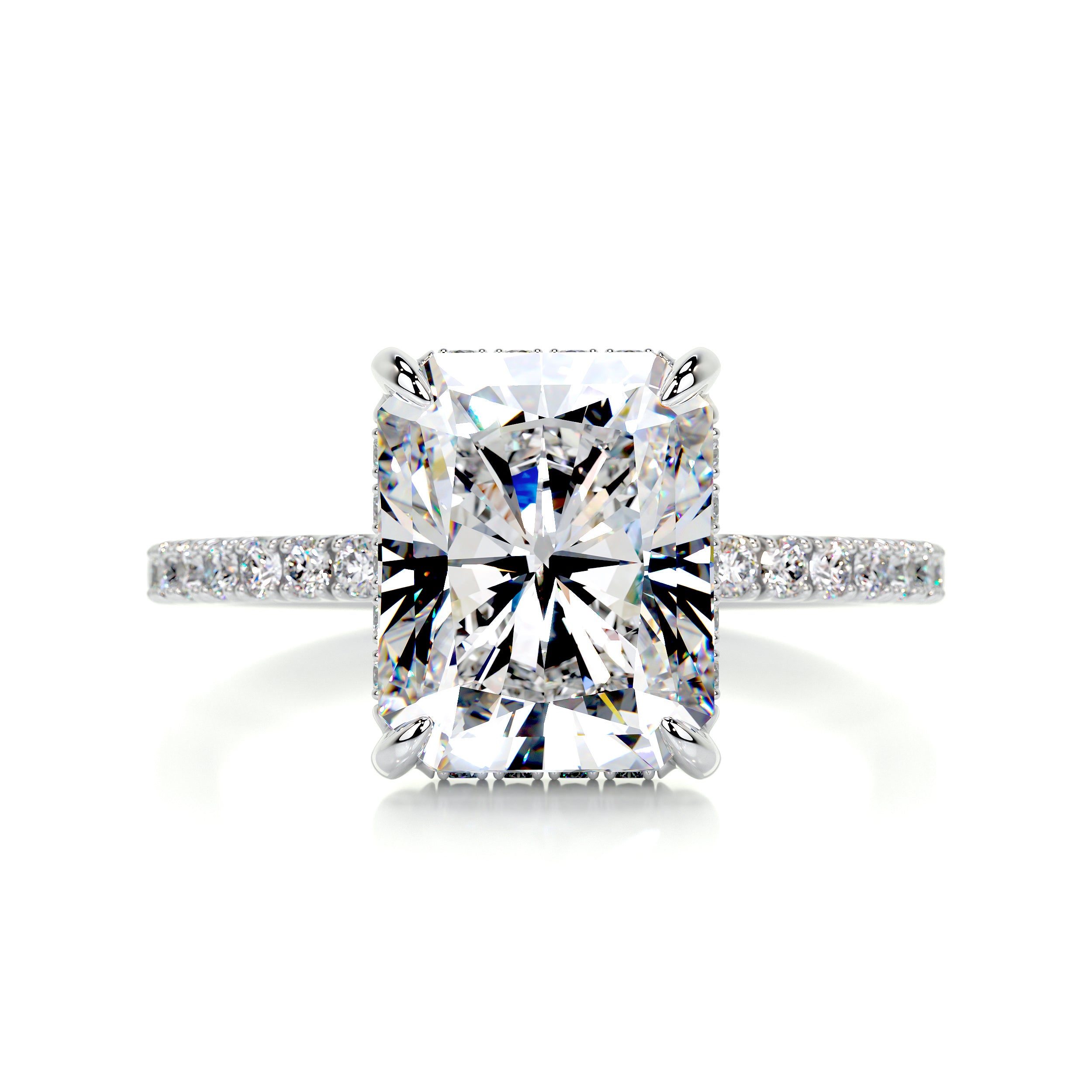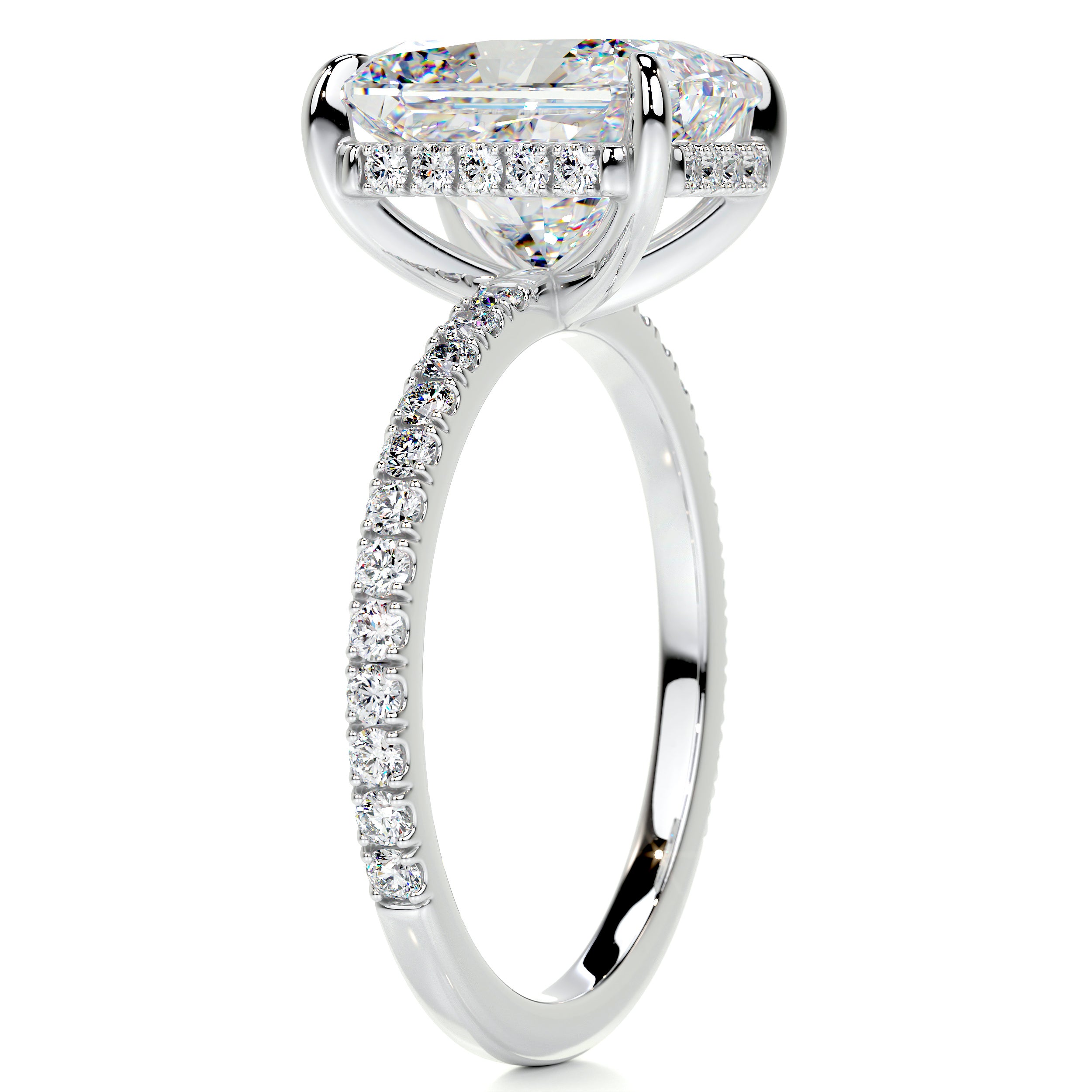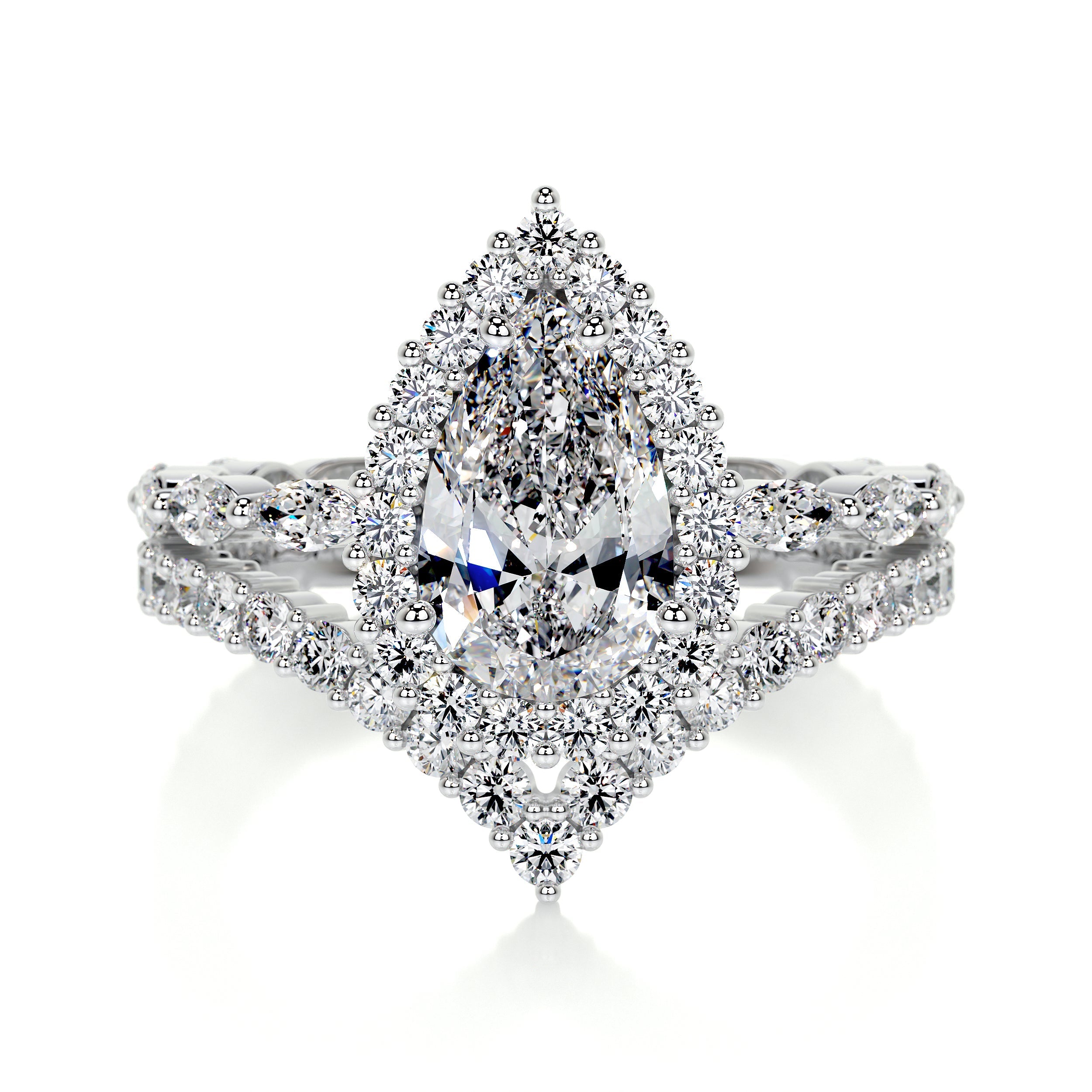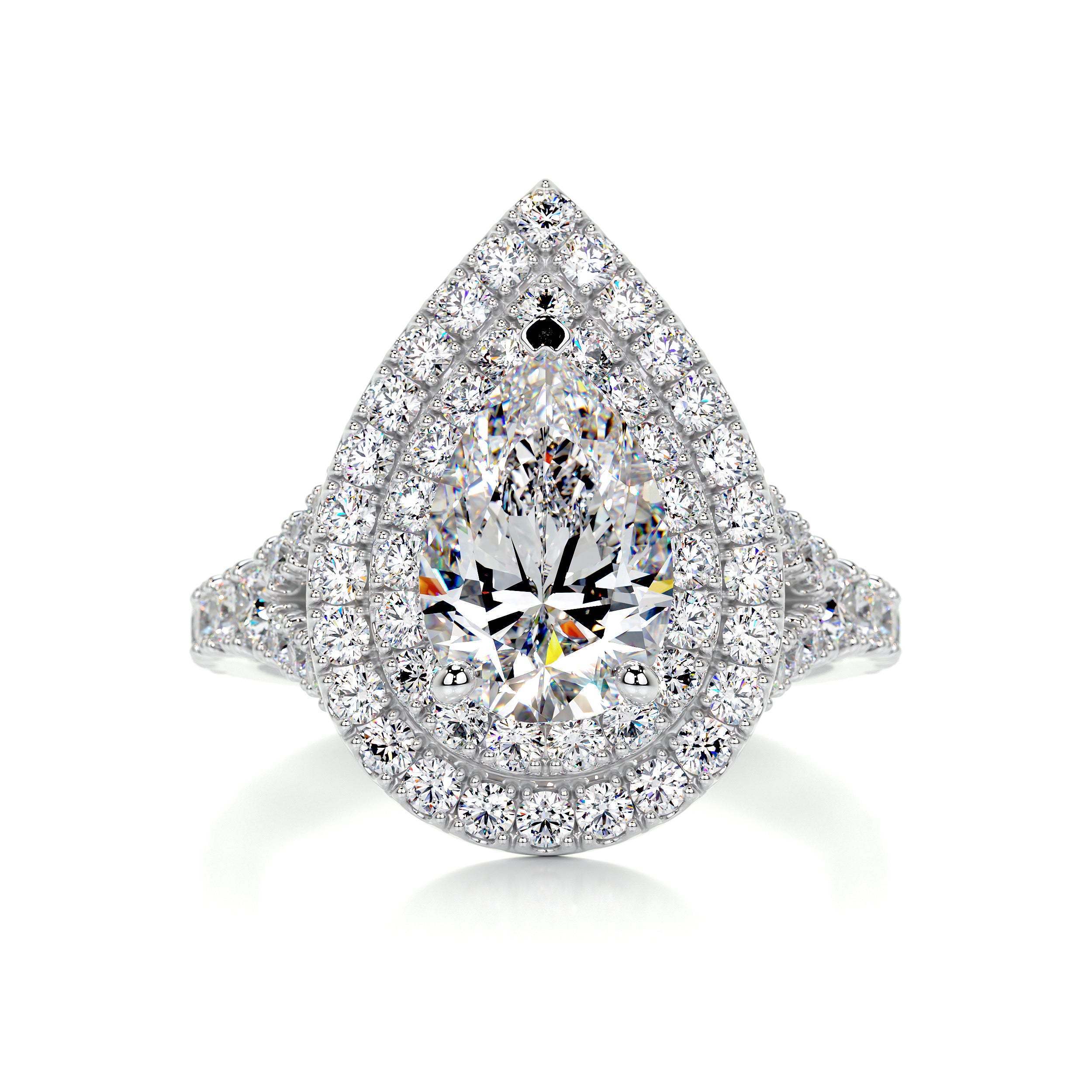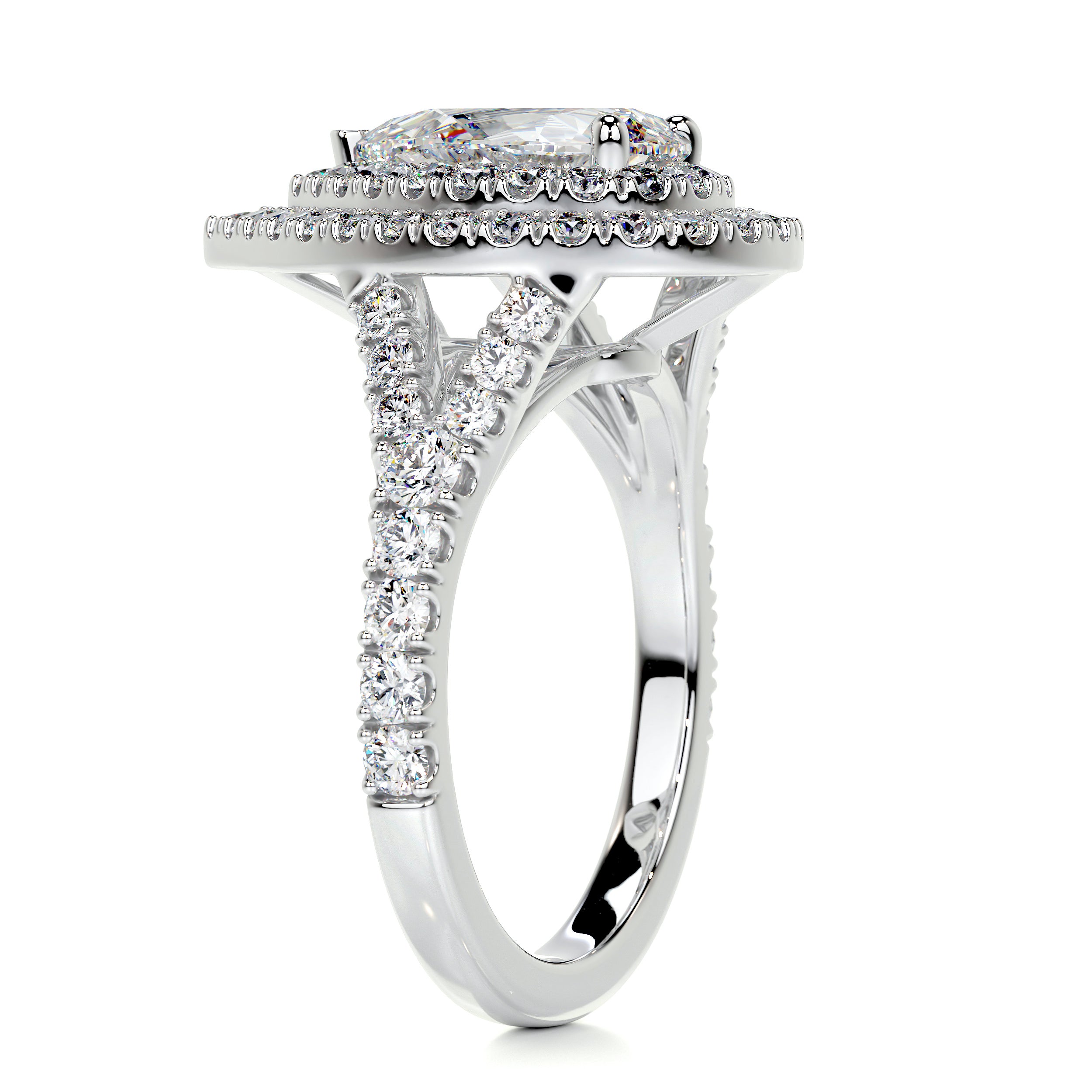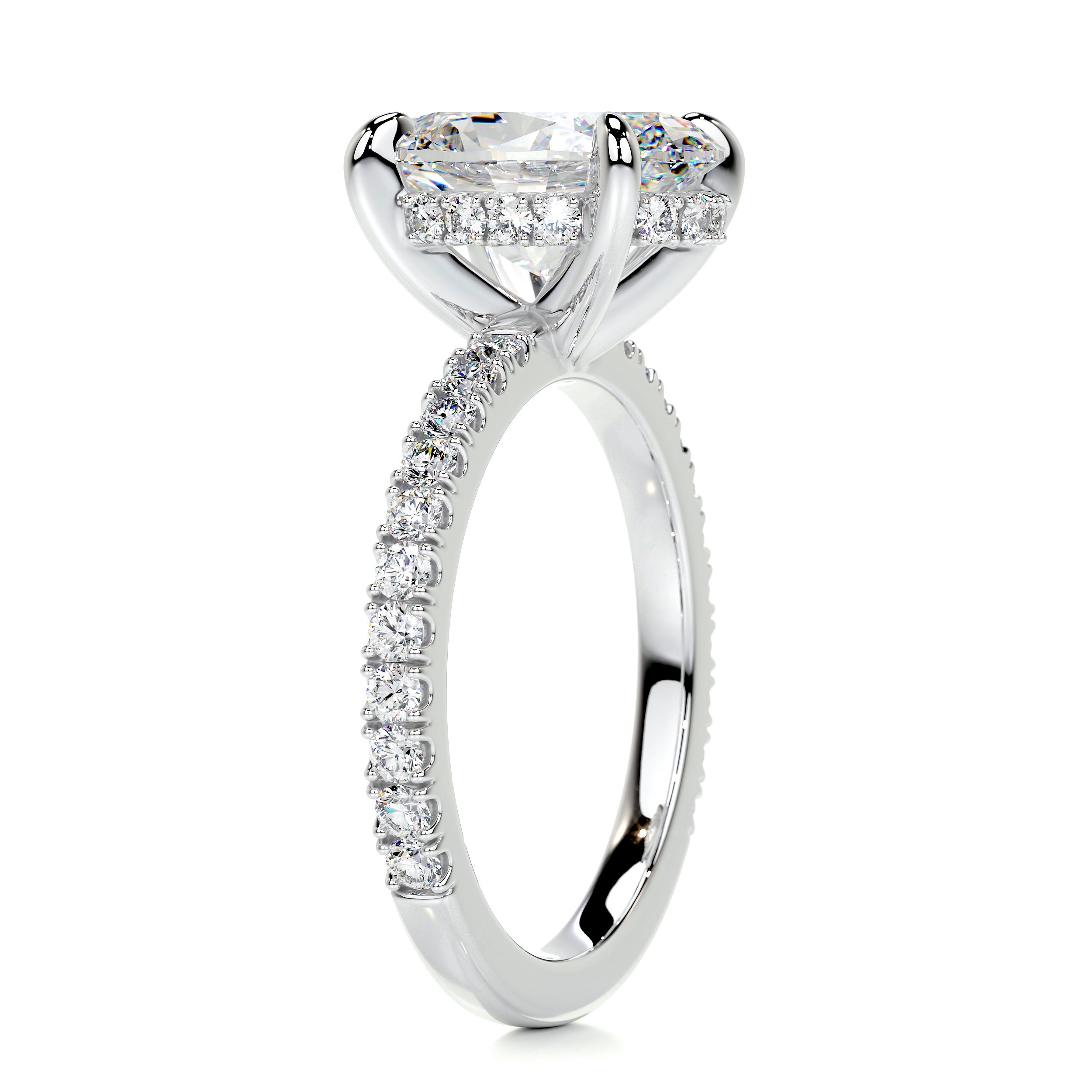Every woman looking for an engagement ring wants something unique—something that no one else will have. And why shouldn’t she? Every love story is unique, and the engagement ring should be a beautiful symbol of this wonderful personal story.
Looking for an individualized ring can be both exciting and daunting. There are so many different setting styles, and you want to find one that you’ll love for the rest of your life.
Maybe you’ve heard of the tension setting? It’s a gorgeous way to present the center diamond in your bridal jewelry. It looks rather mysterious—as though somehow the diamond is suspended magically in the air.
What’s the Benefit to Tension Set Rings?
The benefit to such a setting besides its distinctive look is the fact that a tension set allows more of the diamond itself to be displayed without the interference of too much metal surrounding the stone. Now generally, you need that metal to secure the diamond safely in place. So that’s part of the attraction to diamonds set in a tension setting. How does it stay securely in place, without the risk of falling out?
Let’s learn a little about the back story of tension set rings. A tension set diamond ring is a specially designed mounting that holds a diamond or gemstone in its place simply by pressure rather than the usual prongs or any other type of mounting. The ring’s metal setting is created to be spring-loaded to exert pressure onto the stone. Tiny grooves etched into the metal create an almost invisible shelf that supports the gemstone's edges (called the girdle). The result is a gemstone that appears completely suspended in the air with nothing holding it in place.
Its History is Fascinating
This style of diamond ring set looks modern, and it is! The first tension set ring, (the Niessing Spannring) was made in 1979 by a German company named Niessing. But the general concept of tension settings had already been around for over 40 years. A Niessing employee had previously developed a prototype in the late 1960s.
The first Niessing tension ring was fabricated with 18K gold using non-traditional alloys which gave the ring greater strength than traditional gold alloys. By 1987, jeweler Steven Kretchmer patented a proprietary platinum alloy called "Plat/SK" which later became licensed to other companies requiring a super-hard platinum alloy for creating jewelry that is tension set. Kretchmer's brilliant use of alloying different metals allowed the modern-day tension ring to lose much of the weight of earlier tension set rings without sacrificing strength.
How Jewelers Describe the Tension Set
Jewelers describe tension set rings like this; Sleek and modern, tension settings feature a unique system for securing the main stone. Custom-made precious metal bands made for this purpose hold the diamond or gemstone in place with pressure. The result is that it appears to float since the diamond or gem sits securely in place without prongs or metal surrounding the stone. The effect is that the diamond appears suspended between the two sides of the shank.
This innovative setting is infinitely captivating. It allows for more of the diamond to be displayed, especially at the side profiles, so one can capture the best view of the stone from many angles.
Over time, imaginative designers have expanded on the tension-set theme with more recent variations. Some of these have veered away from the strictest definition of the tension set. Yet, they still exhibit that floating effect of the diamond which is so attractive.
Technology Helps Create the Perfect Tension Set
Today, technology plays a big role in creating those minuscule grooves that the diamond will sit in. Lasers help to calibrate the exact dimensions of the diamond that will be set. Next, the jeweler deftly scores tiny grooves into the sides of the band. Then the diamond is held firmly in place by the pressure exerted by the custom metal band pushing inward on the sides of the stone.
Tension set rings have become wildly popular for engagement rings and bridal jewelry today. With their eye-catching design (making you wonder, how does this happen?) these rings appeal to many diamond fans with their mysterious design. And since not that much metal surrounds the diamond in a tension set, the diamonds seemingly suspended in the air reflect more light from different directions, providing greater brilliance and sparkle.
Tension set rings are not just for the ladies. The innovative setting holds great appeal for men too. Designers are fond of creating men’s rings with tension set diamonds too—with their simple yet modern vibe.
Are Tension Setting Rings Secure?
The beauty of tension set diamond rings is plain to see. But consumers still wonder if they are truly secure. The answer is yes. Tension set rings are very secure and hold the diamond or gemstone secure. The unique construction means there’s an extremely low risk of the center diamond or gemstone becoming dislodged or lost.
There are several clear-cut reasons why tension set rings are capable of securely holding a diamond in place. First of all, it’s the amount of tensile force exerted on the stone on both sides by the ring. Secondly, pressure is exerted equally on the diamond from both sides of the shank, holding it securely with a low risk of it coming loose.
So, if you decide to get a tension set diamond ring, you’ll want to choose the setting first in your correct size, and then have the diamond of your choice placed in it. As modern as they are, tension set diamond rings will look stylish decades from now. You’ll be glad you learned about this distinctive type of ring setting, so you can appreciate your ring all the more.
